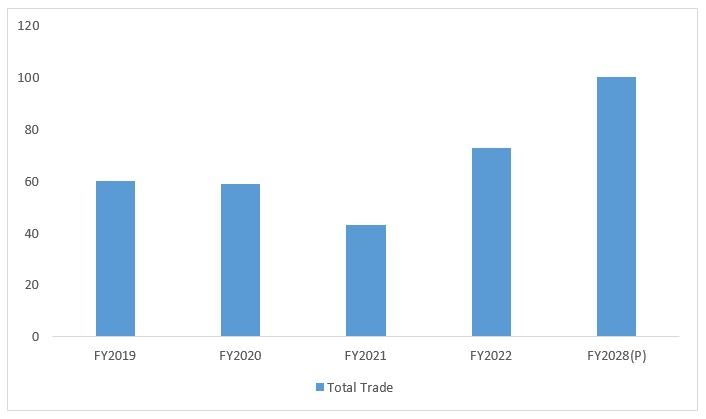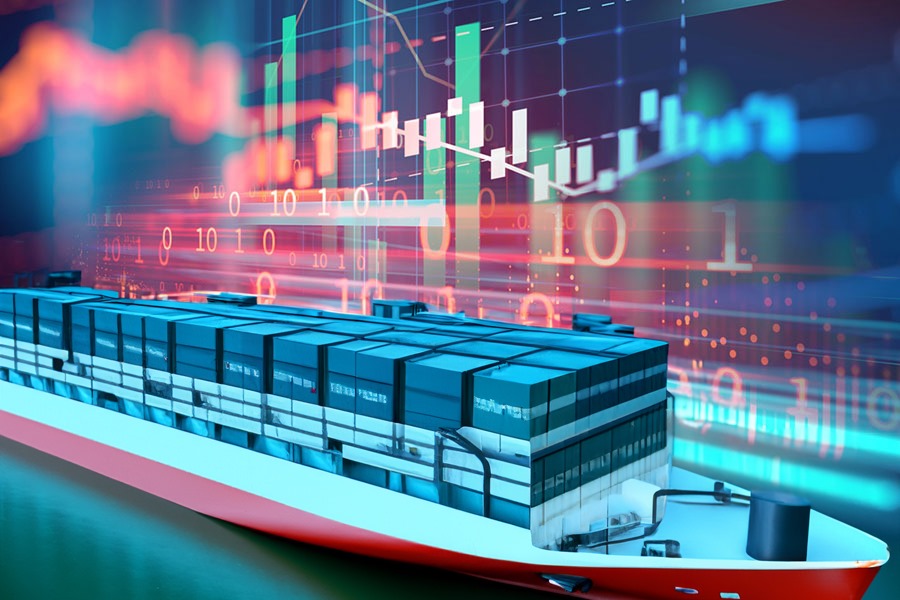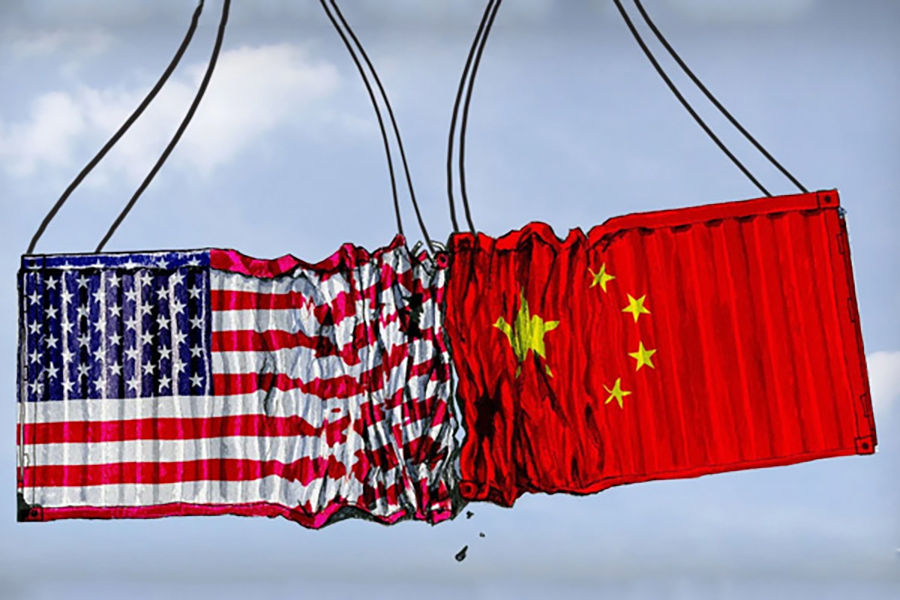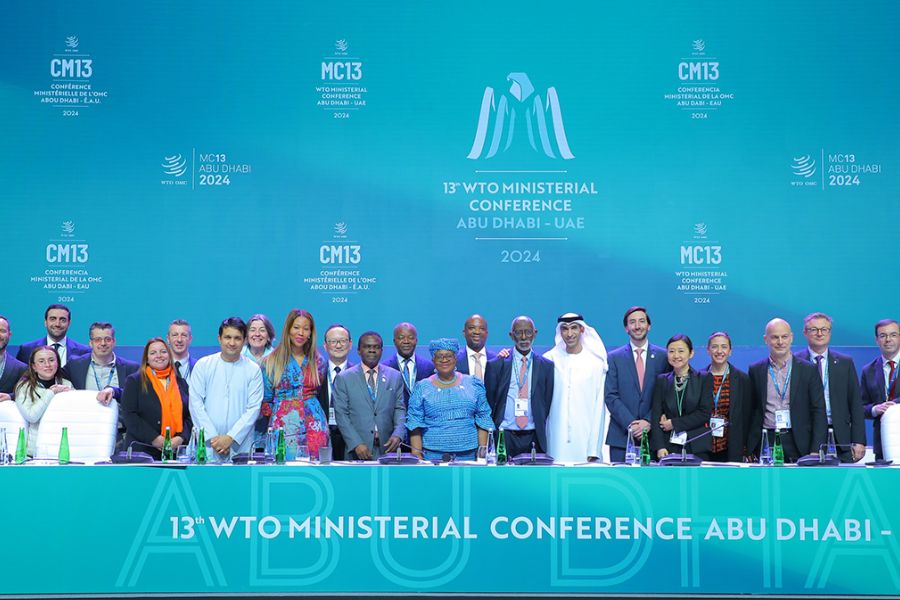Dubai aims to lure Indian tech talent for startup growth
The India-UAE Comprehensive Economic Partnership Agreement (CEPA), which took effect on May 1, 2022, has served as a vital catalyst for the growth of bilateral trade between the two countries in the past year.
In its pursuit of cultivating a thriving startup ecosystem and to double its GDP by 2033, Dubai is actively extending invitations to tech talent from India, recognizing the need to fortify its teams with expertise in digital fields.

Image Credit: Shutterstock
In a bid to expand its startup and digital ecosystem and to double its GDP by 2033, Dubai is actively engaged in attracting tech talent from India stated Hadi Badri, Chief Executive of Economic Development at Dubai’s Department of Economy and Tourism. This move is integral to Dubai’s objective of doubling its Gross Domestic Product (GDP) by 2033 and nurturing a thriving Start-up ecosystem.
Within the framework of the Comprehensive Economic Partnership Agreement (CEPA), the UAE, including Dubai, and India have set their sights on increasing non-oil trade to $100 billion by 2030, a significant leap from the $50.5 billion recorded in April.
He noted that Dubai is engaged in discussions with Indian manufacturers who view the emirate as a prime distribution center. These burgeoning ties have been facilitated by the CEPA agreement, which enables an accelerated trade growth of over 30%.
Dubai Chambers reports that Indian firms and entities owned by non-resident Indians contribute to the creation of approximately one million jobs within the UAE. Badri also emphasized on the potential for further expansion in this regard, citing the UAE’s inclusion in the BRICS economic bloc as an additional milestone that will enable even greater collaboration between the UAE and India.
Enterprises in Dubai are increasingly focused on channeling fresh investments into the economy. Hadi Badri highlighted a particular emphasis on bolstering teams with expertise in digital fields such as computer science and data science. These tech-savvy entrepreneurs are actively contributing to the burgeoning ecosystem in Dubai, which has gained considerable momentum. Additionally, he noted that the Dubai Chamber of Commerce boasts registrations from more than 83,000 Indian-origin businesses, constituting a significant 25% of the chamber’s overall membership.
India-UAE total trade (FY2019-FY2028P)

Source: Indiabreifing.com, 2028P – Projections as estimated by both countries*
India-UAE CEPA
Signed between the two nations on 18th February 2022, the CEPA officially came into force on May 1 2022. Over the past year, the Comprehensive Economic Partnership Agreement (CEPA) has had a significant impact on India’s bilateral trade with the UAE, particularly in terms of India’s exports, both in the oil and non-oil sectors. Bilateral trade between India and the UAE has reached historic heights during the fiscal year 2022-2023. The trade volume has surged from US$ 72.9 billion (April 2021 to March 2022) to US$ 84.5 billion (April 2022 to March 2023), representing a remarkable year-on-year increase of 16%.
Furthermore, during the implementation period of CEPA (from May 2022 to March 2023), bilateral trade has seen substantial growth, rising from US$ 67.5 billion (May 2021 to March 2022) to US$ 76.9 billion (May 2022 to March 2023), marking an annual increase of 14%.
Indian exports to the UAE have reached a multi-year peak, showing robust growth. During the period from April to March, Indian exports to the UAE surged from US$ 28 billion to US$ 31.3 billion, marking a substantial increase of approximately US$ 3.3 billion, which translates to an impressive year-on-year growth of 11.8%.
In comparison, India’s global exports during the same period grew at a rate of 5.3%. However, when excluding the UAE from the equation, India’s global exports recorded a slightly lower growth rate of 4.8%.
Within the CEPA implementation timeframe (from May 2022 to March 2023), India’s exports to the UAE experienced notable growth, climbing from US$ 26.2 billion (May 2021 to March 2022) to US$ 28.5 billion (May 2022 to March 2023), signifying an 8.5% year-on-year increase. In contrast, India’s global exports, excluding the UAE, grew at a rate of 3.1%.
Moreover, India’s imports from the UAE have also seen substantial expansion, reaching USD 53.2 billion during the period from April 2022 to March 2023, marking an impressive annual increase of 18.8%. Non-oil imports during the same period showed growth of 4.1%.
Notably, several key sectors, including labor-intensive industries, have experienced significant export growth as a result of CEPA. These sectors encompass Mineral Fuels, Electrical Machinery (particularly telephone equipment), Gems & Jewellery, Automobiles (specifically the Transport vehicles segment), Essential Oils/Perfumes/Cosmetics (including Beauty/Skin care products), Other Machinery, Cereals Rice, Coffee/Tea/Spices, Other Agricultural Products, and Chemical Products.
In the realm of services, both countries have made extensive commitments that encompass a wide array of sectors and modes of supply. India has extended offerings in 100 out of the 160 services subsectors to the UAE, while the UAE reciprocates by offering access to 111 sub-sectors for India.
With the notable growth in bilateral trade, especially in the export of Indian goods and services, the Comprehensive Economic Partnership Agreement (CEPA) is expected to have a concurrent positive effect on other critical macroeconomic indicators, including GDP and employment.













Leave a comment